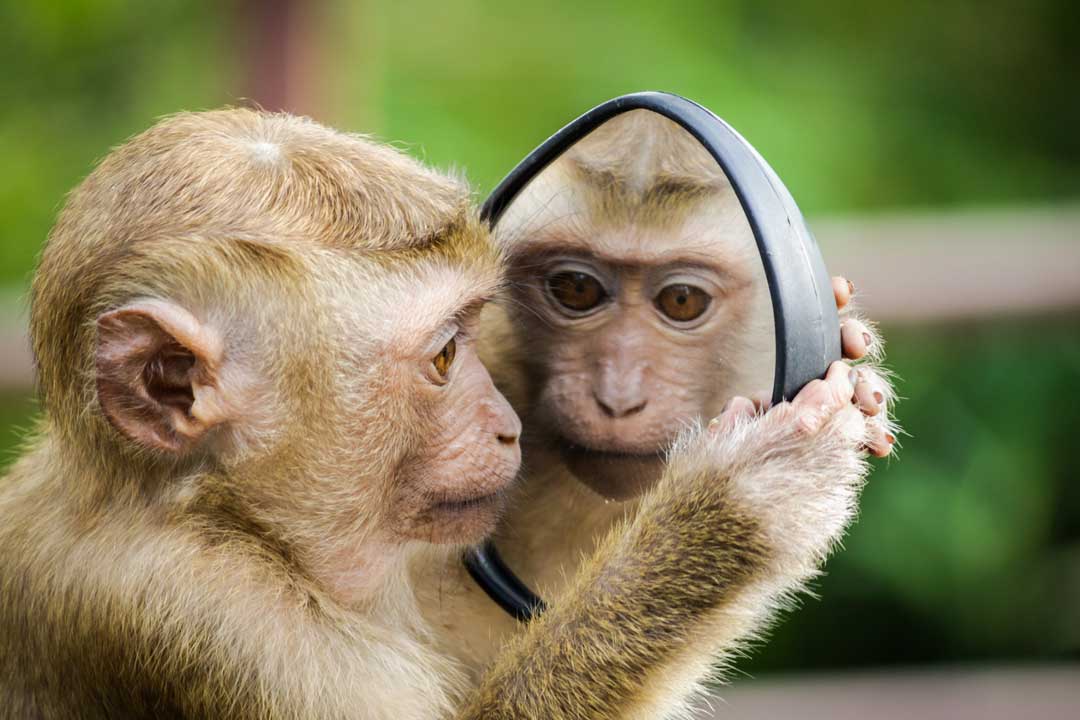Monkey Face Recognition Technology helps wildlife protection
Relying on new technologies such as artificial intelligence, the scientific research team of Chinese universities and colleges has developed monkey face recognition technology to identify thousands of wild golden monkeys in the Qinling Mountains
Similar to the face recognition technology, the monkey face recognition technology extracts the facial feature information of the golden monkey to establish the identity information database of the individual golden monkey in the Qinling area, and finally scans, compares and recognizes
The researchers said that after the monkey face recognition technology is fully mature, it can be installed in an infrared camera deployed in the wild. The system can automatically recognize monkeys, name them, and collect their behavior. Each golden monkey has collected 700 or 800 image samples. The recognition success rate reaches 94%
At present, the monkey face recognition technology is in the experimental promotion stage, which can identify about 200 Qinling golden monkeys
Compared with face recognition, the difference of monkey face recognition technology is that the golden monkey’s facial skin area has more hairy areas, and the hair area is relatively more obvious, and the texture features are more complex, which puts higher requirements on the deeper learning ability of the recognition system
According to the researchers, the wild environment is very complicated, and golden monkeys will not actively cooperate, and it is difficult to take good pictures and videos. A larger number and higher quality individual image samples are needed to improve the recognition rate. Our goal is to take an image sample of each Qinling golden monkey, so that all golden monkeys in this area can be identified through monkey face recognition technology
At present, there are about 4000 golden monkeys living in the Qinling Mountains, which belong to an independent subspecies of Sichuan golden monkeys. They live in forests at an altitude of 1,500 to 3300 meters all year round. They are typical forest arboreal animals.
(The information comes from Xinhuanet)

